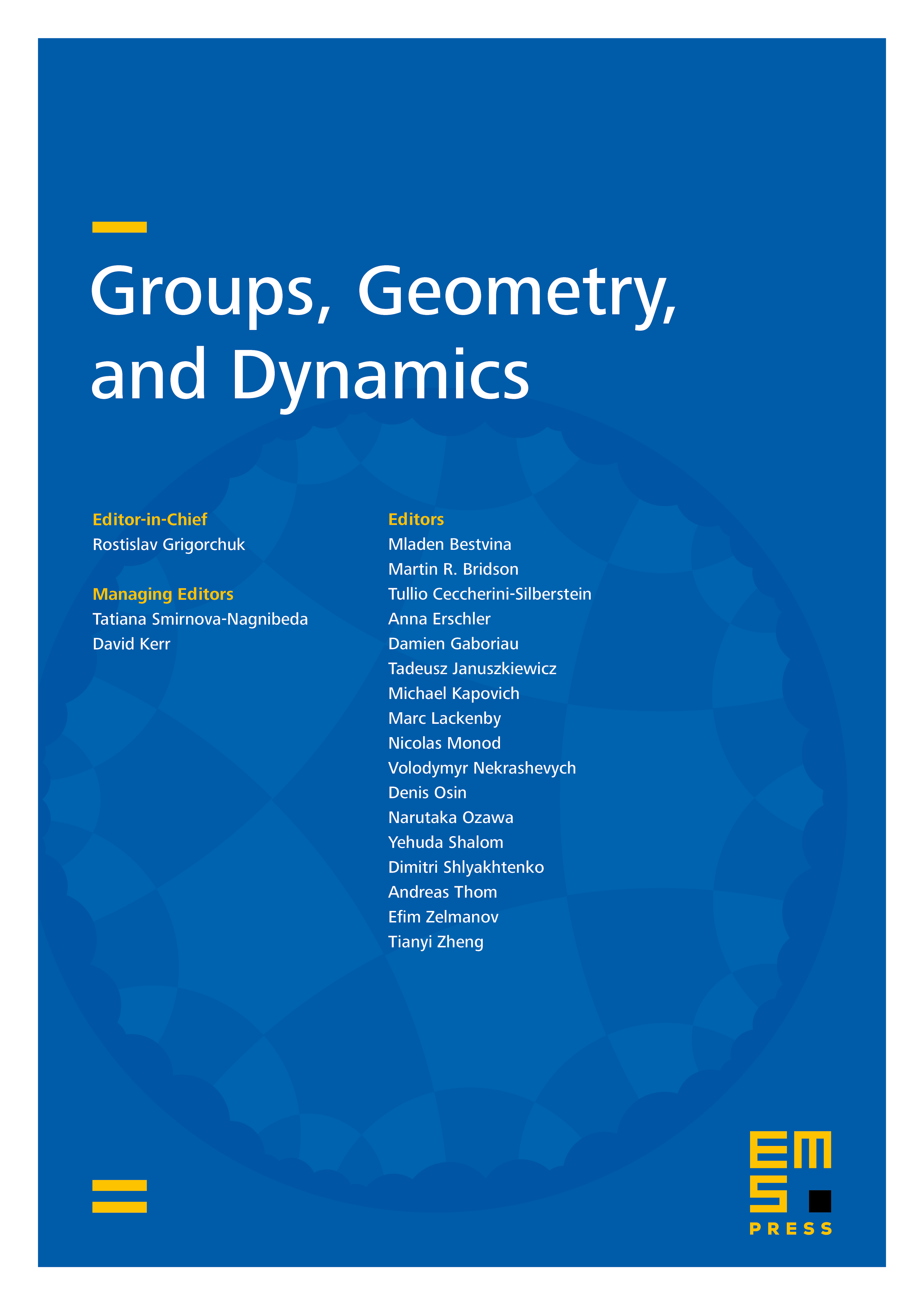Equivariant dimensions of groups with operators
Mark Grant
University of Aberdeen, UKEhud Meir
University of Aberdeen, UKIrakli Patchkoria
University of Aberdeen, UK

Abstract
Let be a group equipped with an action of a second group by automorphisms. We define the equivariant cohomological dimension , the equivariant geometric dimension , and the equivariant Lusternik–Schnirelmann category in terms of the Bredon dimensions and classifying space of the family of subgroups of the semi-direct product consisting of sub-conjugates of . When is finite, we extend theorems of Eilenberg–Ganea and Stallings–Swan to the equivariant setting, thereby showing that all three invariants coincide (except for the possibility of a -group with and ). A main ingredient is the purely algebraic result that the cohomological dimension of any finite group with respect to any family of proper subgroups is greater than one. This implies a Stallings–Swan type result for families of subgroups which do not contain all finite subgroups.
Cite this article
Mark Grant, Ehud Meir, Irakli Patchkoria, Equivariant dimensions of groups with operators. Groups Geom. Dyn. 16 (2022), no. 3, pp. 1049–1075
DOI 10.4171/GGD/686